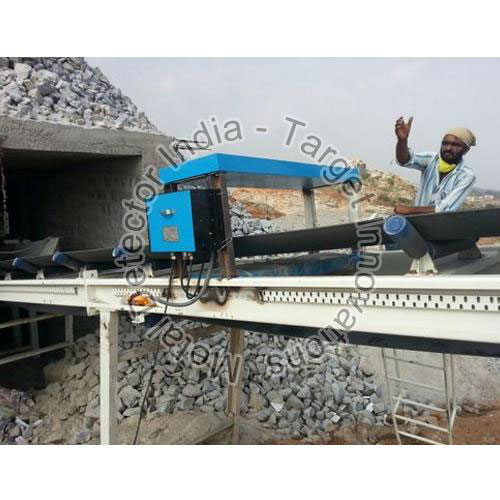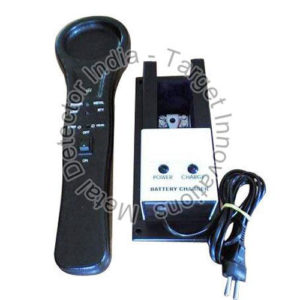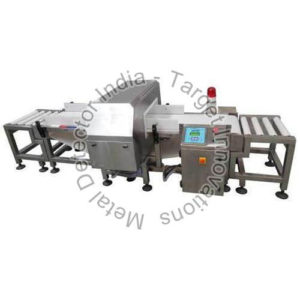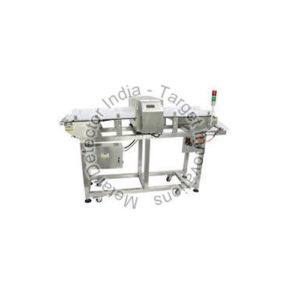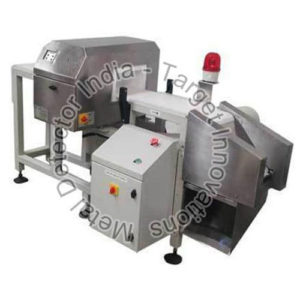Target Micro Scan metal detectors use a balanced, three-coil, system to detect small particles of non-ferrous and stainless steel
The coils are wound on a non-metallic frame, each parallel with the other
The centre coil is connected to a high-frequency radio transmitter
Coils on either side of the transmitter coil are receivers
As these two coils are identical and placed the same distance from the transmitter, they receive the same signal and produce an identical output voltage
When the coils are connected in opposition, the output is cancelled, resulting in a zero value
Categories: Metal Detector, PRODUCTS
Description
Product Details
| Use | Ore Mining |
| Heat Treatment | Anneal,Quenching ,Tempering |
| Chemical Control | Spectrum Tester(analyser) |
| Quality Tester | Ultrasonic Fault Detector |
| Alarm Mode | Sound |
| Range | 2 Meter |
Preferred Buyer From
| Location | Worldwide |
Other details:
- Target Micro Scan metal detectors use a balanced, three-coil, system to detect small particles of non-ferrous and stainless steel
- The coils are wound on a non-metallic frame, each parallel with the other
- The centre coil is connected to a high-frequency radio transmitter
- Coils on either side of the transmitter coil are receivers
- As these two coils are identical and placed the same distance from the transmitter, they receive the same signal and produce an identical output voltage
- When the coils are connected in opposition, the output is cancelled, resulting in a zero value
- A schematic of the coil configuration is shown in figure 1
- When a particle of metal passes through the coils of a metal detector, the high-frequency field is disturbed under one coil, changing the voltage by a few micro volts
- The state of balance is lost and the output from the coils is no longer zero
- It is this phenomenon that is used to detect metal.

